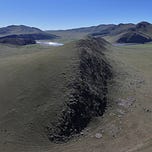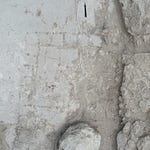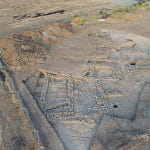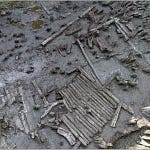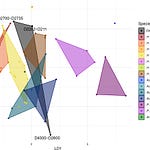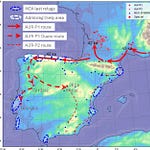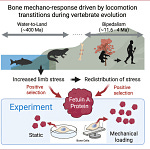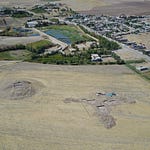In the wind-swept heart of Mongolia’s Orkhon Valley, two distinct cultures1 buried their dead side by side for centuries. One group built monumental stone mounds. The other favored smaller, figure-shaped graves. Despite their proximity, new genomic research shows they rarely intermarried. This precarious balance ended with the arrival of a new tradition of stone-slab burials that would reshape the human landscape of the steppe.


